|
|
Three new designs reveal the reflective, innovative style of Joel Berman Glass Studios For more than 25 years, Joel Berman Glass Studios, a producer of high-quality kiln-cast and pressure-formed glass, has prided itself in its unrelenting aspiration to push the boundaries of this versatile material, both conceptually and technically. Introduced at NeoCon, the company’s latest offerings — Unity, Transition, and Bastoni — do not disappoint, demonstrating the company’s objective in its notably diverse array of styles. The studio, comprising a cultural montage of team members, has recently opened a dialogue for a new design philosophy that embraces diversity and advocates unity. Spearheaded by glass artist Joel Berman, founder and president, it’s called Design Without Borders. Inherent in its concept is the desire to speak to an ever-confined world, using the universal language of design as a cohesive force. The Unity series, its first manifestation, has a unique pattern and symmetry drawn from the contemplative art of Islam, which itself represents a conglomeration of cultural elements. “We used the most simple geometric shape that occurs in Islamic art, the hexagon, to extrapolate an algorithm. By distilling it down to its basic design element, we gave a brand-new feeling to an age-old motif,” says Saleem Khattak, design manager. By overlaying the patterns at different scales, the glass reads as a supergraphic from a distance. But close proximity reveals the intricacy of each layer, creating an ordered yet nonrhythmic look. Equally exciting in its optical innovation, Transition is the result of a pioneering technique in glass casting. It allows a single panel of glass to transition from an embossed textured surface to a smooth, transparent one — a process that was previously thought impossible. “We literally traveled around the world to look for the answer but had no luck,” says Berman. “In the end, it was our own team that figured it out.” Ideal for health-care and office facilities, this smooth progression from textured to clear glass offers a partially obscured view for privacy, as well as a transparent one for full view, without an awkward break. Berman’s third new collection, Bastoni (not shown), is a dynamic and textural kiln-cast glass that mimics a random arrangement of falling sticks. Lively and active, the deeply embossed surface has the ability to create energy in flat-glass applications as varied as doors, decorative walls, partitions, and water features. As for inspiration, Berman explains, “It’s a sum total of who we are that results in what our products look like.” Joel Berman Glass Studios, Vancouver, Canada. www.jbermanglass.com [Reader Service: September 2008 #213] |
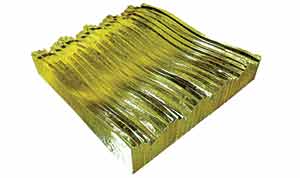 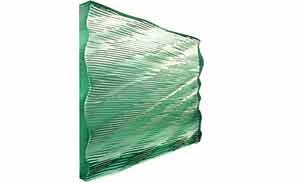
|
Stack it up [Reader Service: September 2008 #214] |
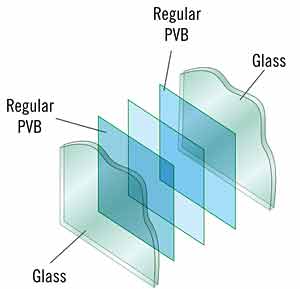 |
Safe and soundless [Reader Service: September 2008 #215] |
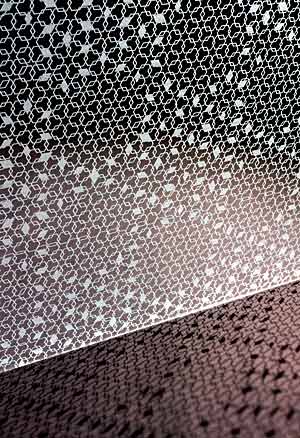




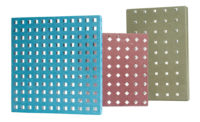
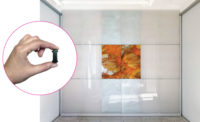
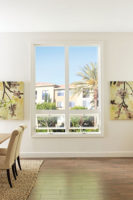
Post a comment to this article
Report Abusive Comment